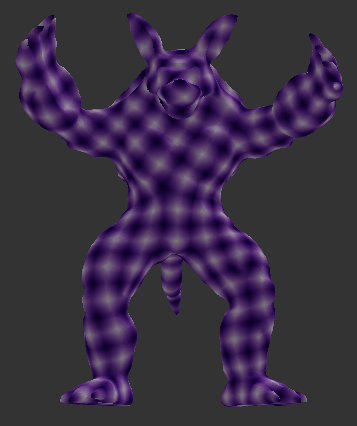I've made a working FFT for an ocean via Tessendorf's paper.
And i've seen people mention they use a LOD system so there is less performance wasted on distance meshes from the camera. But from the algorithm - this makes no sense.
The FFT equation requires a length (mesh vertex count along x and y) and resolution, if you change either one you get totally different result for the same input seed at any given time. So how exactly is that an optimisation or at all beneficial - it makes no sense.....
I can't seem to find many people who understand the math to answer this question which is such a frustration to say the least.








